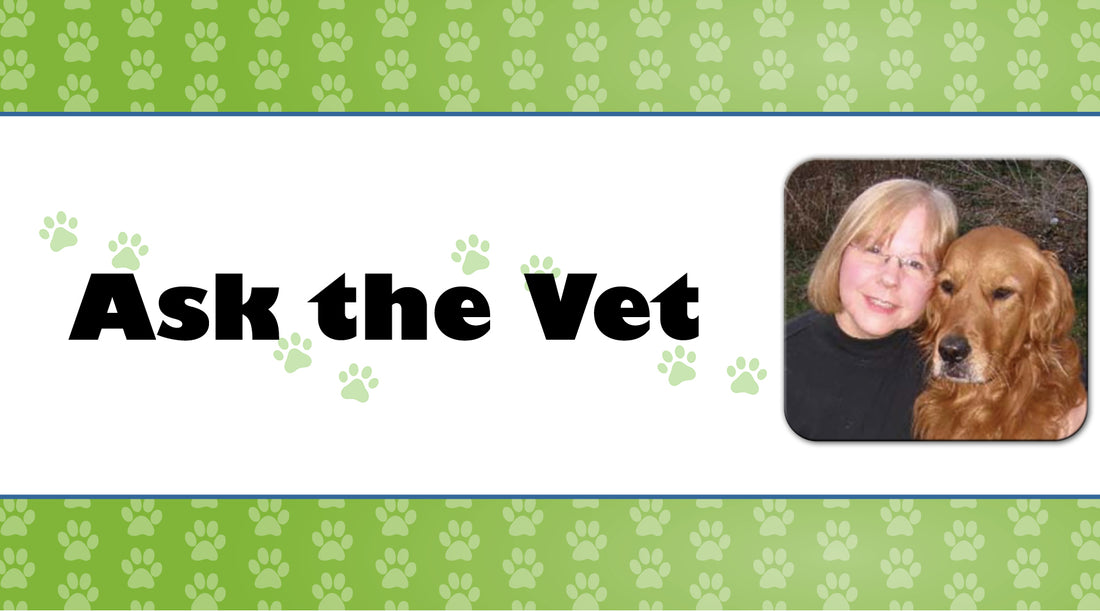Q. Can dogs be autistic? My dog seems to be so distracted he’s not learning anything!
A. The autism spectrum disorder in humans is very complex and has several degrees of severity. Researchers have speculated that dogs can be autistic. As with people the understanding of this condition in dogs is mostly unknown.
In the 1960’s researchers studied dogs they presumed to have Canine Dysfunction Behavior (CDB). CDB is the name for the autism like condition in dogs. The exact cause is still unknown, but it is presumed to be congenital. The genetic predisposition for the lack of mirror neurons in the brain may result in this condition. Mirror neurons enable pups to imitate social behaviors of other dogs, and without them they cannot learn and socialize normally. Most of the research is looking at tail chasing and trance-like behavior in bully breeds. Though extremely rare they found CDB to be more prevalent in males than females.
Symptoms attributed to CDB can be repetitive behaviors, like compulsive tail chasing, trance- like behavior, eye contact avoidance, aggression, preferring solitary activities, and difficulty expressing emotions and communications like other dogs, such as tail wags and ear position. They do not connect with the guardian or other dogs in activities such as walks, feeding time, and petting. These pups are hypersensitive to environmental stimuli. Their reaction to the environment may be inappropriate and exaggerated. When in overstimulating environments they may withdraw, shut down, and leave to a quieter, secluded place, or become over-reactive and aggressive.
These behaviors are identified at four to eight weeks of age before they are placed in a home. Your veterinarian may see behaviors that concern her. The first puppy visit is very important to pick up on behavior and physical flags. If there are concerns, your vet will do tests to rule out other medical problems. If they are all normal, a referral to a board-certified behavioralist maybe in order.
These dogs may need medications for anxiety and aggression. Their environment will need to be quiet and without surprises. Sharp noises and changing schedules may be an issue and will need to be addressed. Sensitive, positive training will need to be implemented from the start.
This is a lifetime commitment and takes a special guardian and home environment to give this little pup a safe and comfortable home.
Many of these behaviors are seen in puppies and adolescents. Being easily distracted, mouthy, over- exuberant, environmentally aroused, having excessive energy, and having anxiety can all be symptoms of a normal active puppy. If the pup is a hunting or herding breed but you are sedentary, these could be normal and expected behaviors in that environment. CDB is a congenital neurologic birth defect, not a misunderstanding of a healthy dog’s needs. Adopted dogs can exhibit these behaviors because of previous life experiences and genetics. Without a crystal ball no one could tell you if these behaviors are CDB or just an untrained free spirit.
Remember after buying a pup of any age, take him to your veterinarian for a complete physical. Find a good trainer. Then enjoy a lifetime of love.
Judith K. Herman, DVM, CVH
Animal Wellness Center
Augusta, Maine
www.mainehomeopahticvet.com

